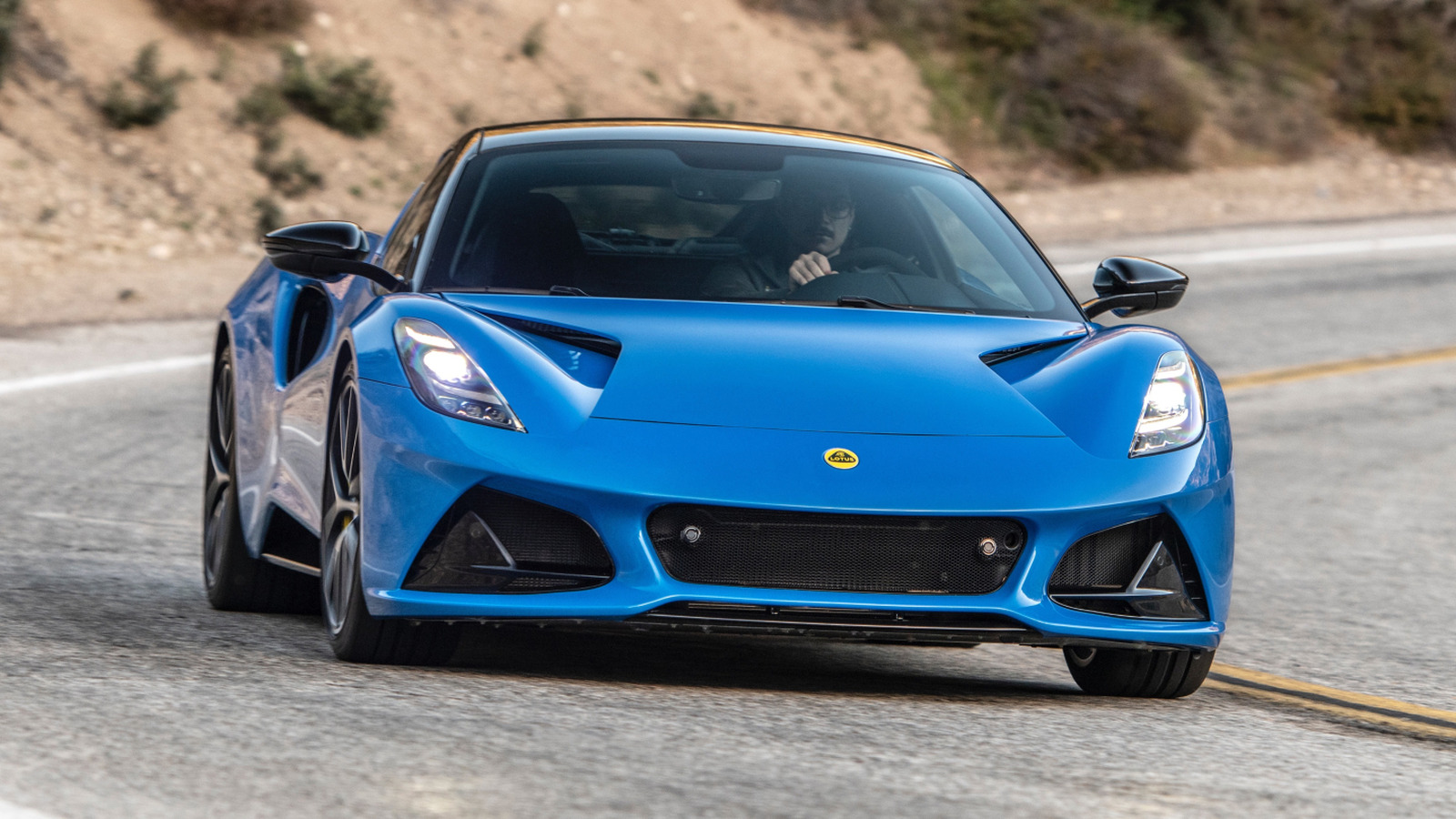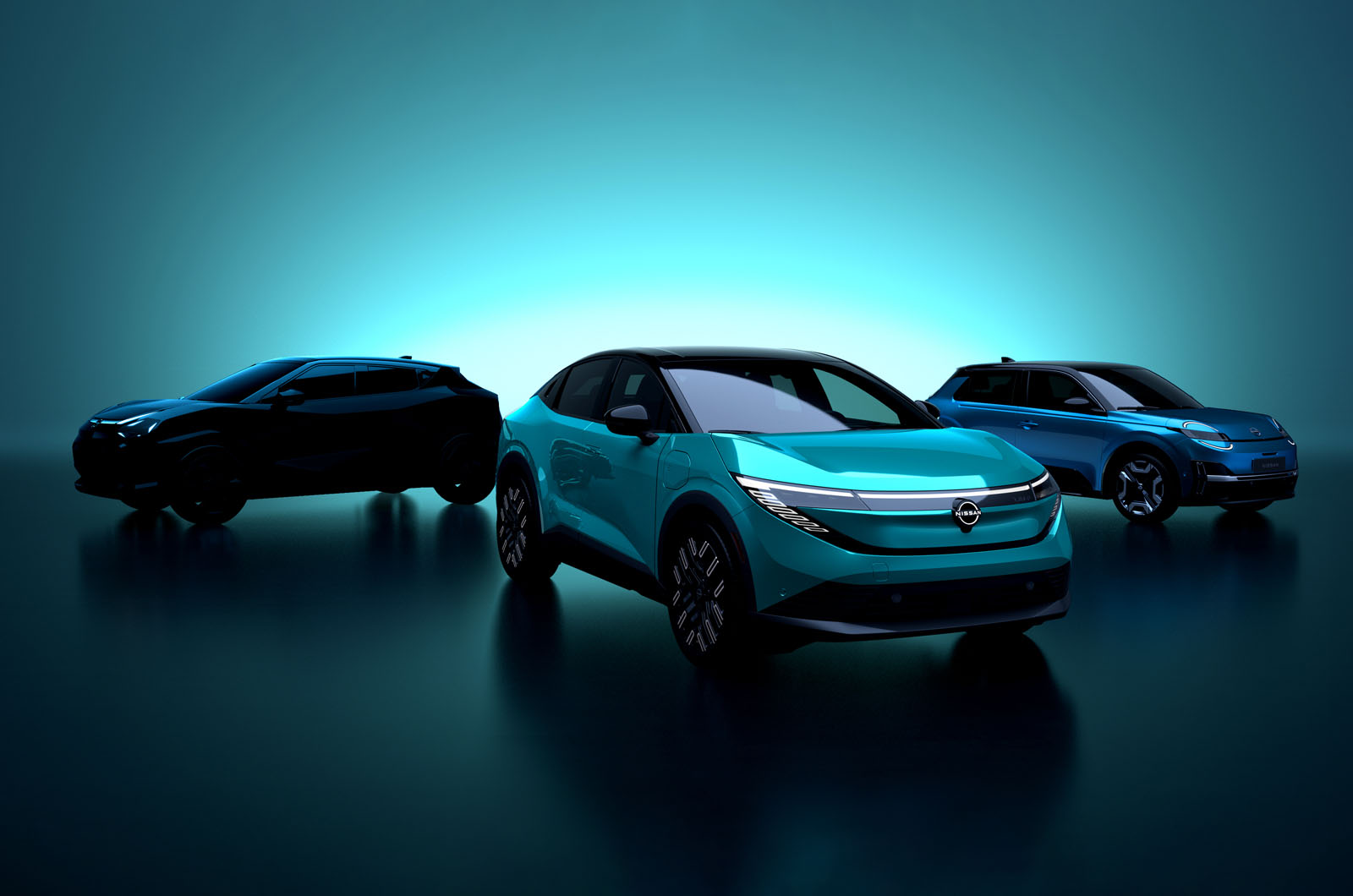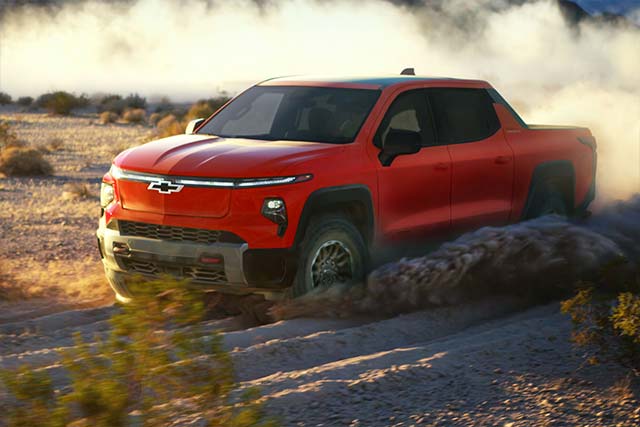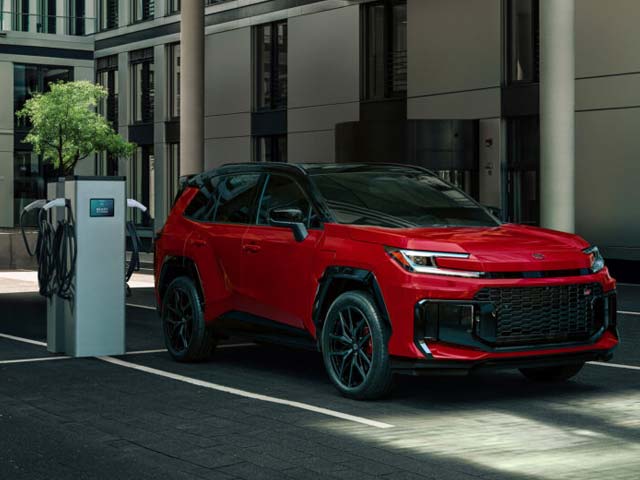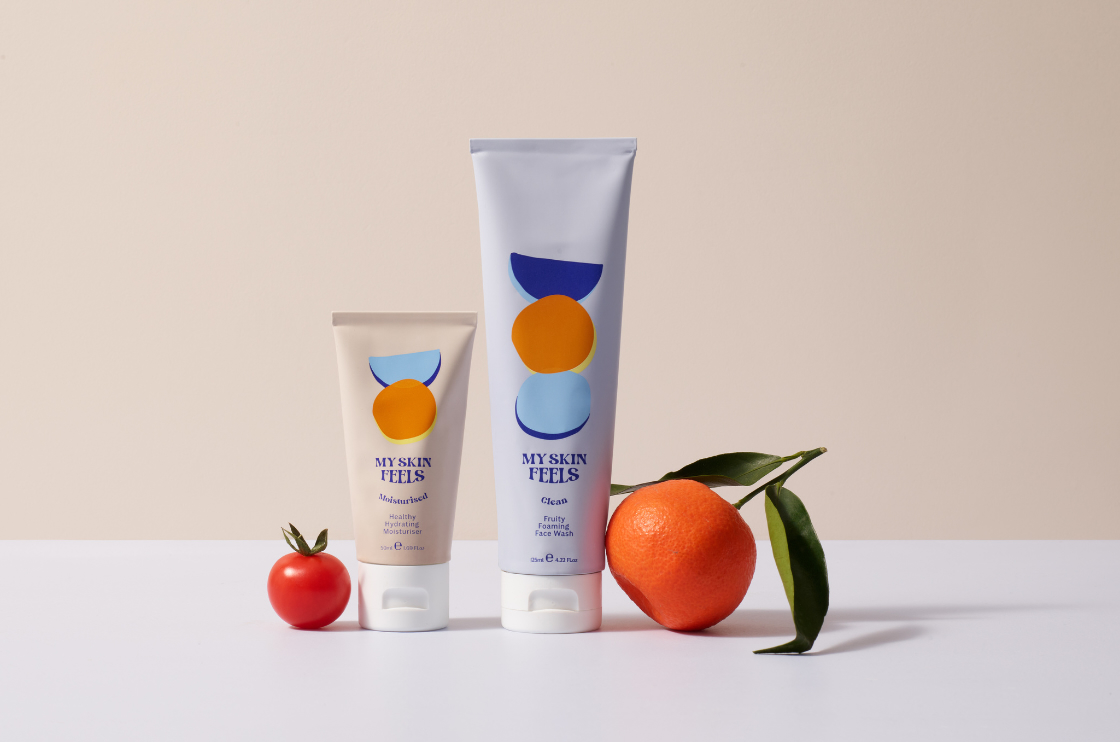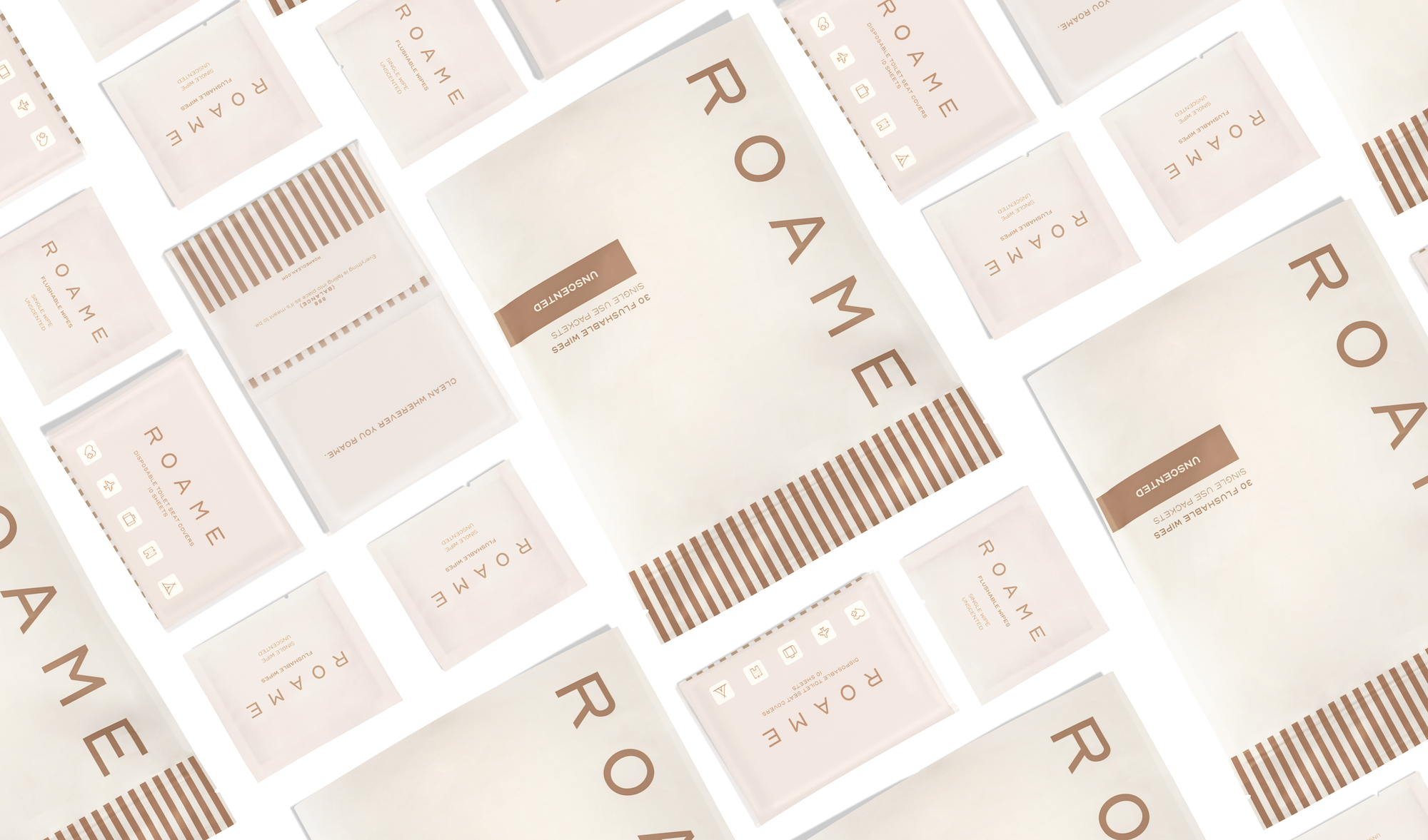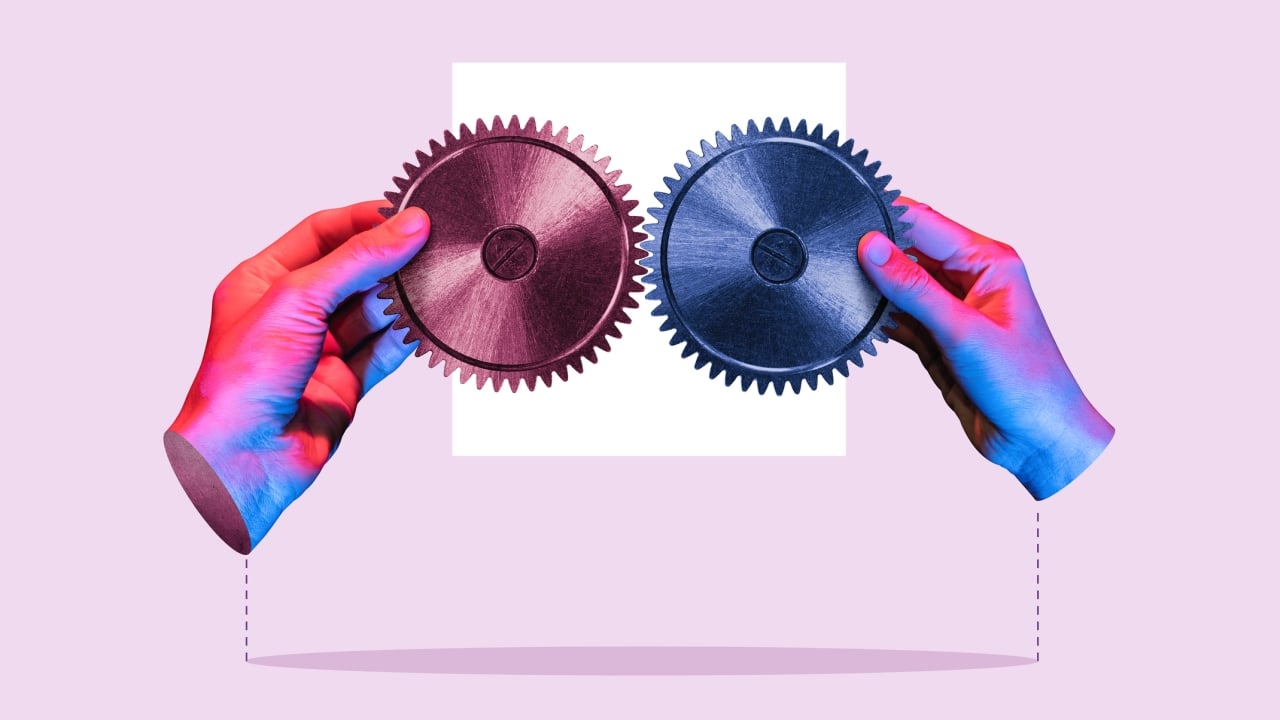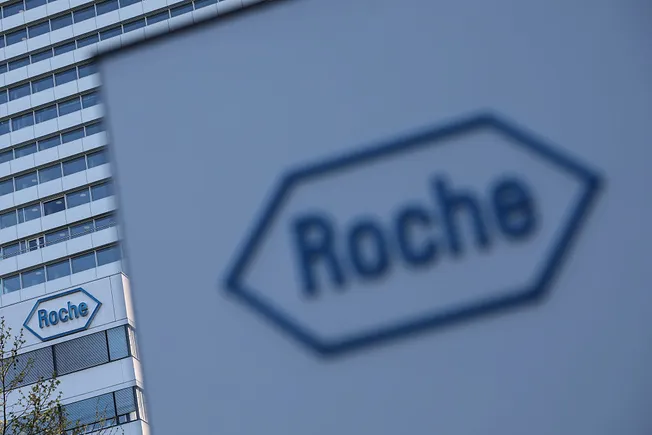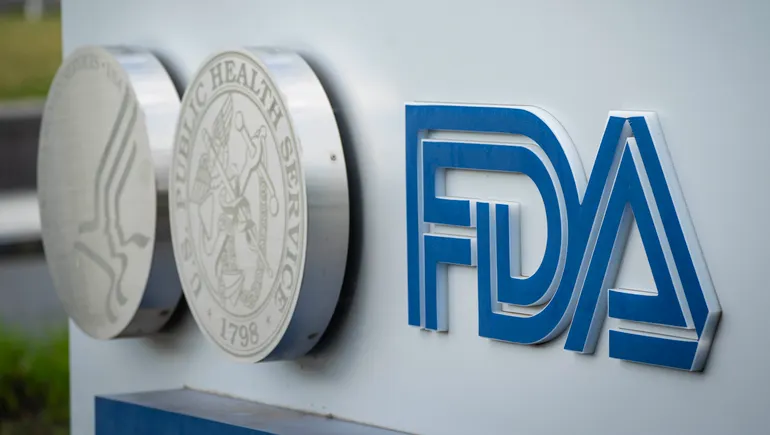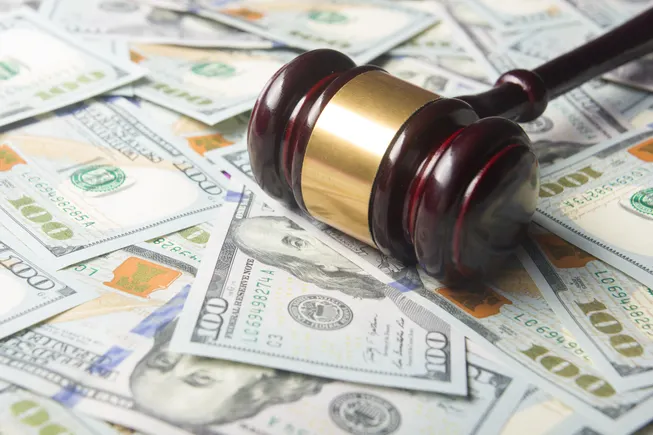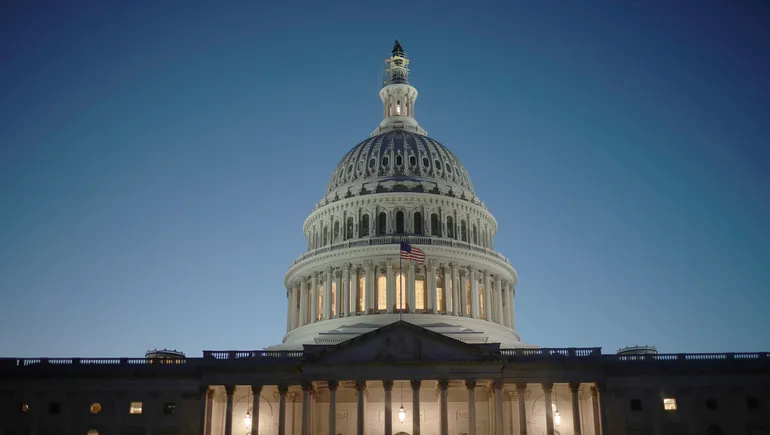Go Ahead—Judge Wine by Its Label
Wine labels are becoming more Instagrammable, expressive and fun as producers catch up to what young drinkers want. [...] Read More... The post Go Ahead—Judge Wine by Its Label appeared first on Wine Enthusiast.
After a string of TikToks touted La Vieille Ferme Rosé last year, Famille Perrin, owners of Château de Beaucastel, were faced with a conundrum. Consumers—particularly newer, younger ones—didn’t know how to pronounce the name of their wine. Instead, internet minions were calling the decades-old brand—which has earned widespread recognition for being an approachable, inexpensive and consistently well-made rosé—“chicken wine,” so-named because of the chicken illustration on the label.
But rather than letting it bristle their feathers, the makers leaned in. In October of 2024, they launched a new limited-edition label. The words “La Vieille Ferme Rosé” are nowhere to be found; in their place, “The Chicken Wine” is prominently emblazoned. The rebrand has so far delighted TikTok users across the U.S. and U.K., who have already embraced the new label.
“Wine can still be such a scary, antiquated ‘white tablecloth’ category for so many people,” explains Sande Friedman, wine and beer category manager of Di Bruno Bros., the Pennsylvania-based specialty-grocery chain. “Younger consumers are far more vocal about that than previous generations … and admit openly that we shop with our eyes and are more open to change than previous generations may have been. A generation of people shopping for ‘the chicken wine’ really showed that power.”

The Power of Visuals
Indeed, the Chicken Wine phenomenon proves, once again, that visuals matter, whether we want to admit it or not. In turn, wine manufacturers are placing new weight on what goes on a label, from the illustrations and typeface to wine descriptors and buzzwords.
“Instructional buzzwords can actually help inform customers of how the winemaker would enjoy this product themselves,” says Friedman. “‘Chillable’ is a word you see a lot … that helps inform people that red wine can be chilled.”

And colorful labels with playful fonts aren’t just frivolous details. Much like a shop’s window dressing can lure in foot traffic, these eye-catching labels can be the difference between making a sale and, well, not. Consumer research backs this up, suggesting that both colors and fonts play significant roles in reeling in new customers. “There’s been an undeniable shift in the look of wine labels in recent years,” Friedman says. “It’s in tandem with what you see happening in soda, snacks, all the ‘fun’ food categories. [There are] bright colors, buzzwords, flash and pomp.”
A Generational Shift
The shift in buying habits is notedly generational. For many millennial and Gen Z consumers, demand for wine has shifted, softened and evolved in a post-pandemic timeline, says Kathryn Klos, a North Carolina-based sommelier turned travel advisor specializing in wine tourism.
“For younger generations, who are often less wealthy, experienced and perhaps less ‘serious’ about wine, a playful or artful label signals approachability,” she says. “They know their friends or followers might not know the difference between Montepulciano and Brunello di Montalcino, but they sure as hell know a cute label.”
Klos says this isn’t to minimize the wine knowledge of younger generations. “But the truth is, fewer of us can afford to drink wine as a serious hobby the way older generations could,” she stresses. From a stocking perspective, listening to this customer feedback is critical for winemakers looking to stay relevant.

“It’s a very important driver in the current market,” says Friedman, explaining that some importers are supporting the design of tiny producers’ fun labels to help little cuvées from native grapes stand out.
It’s also convincing more makers to incorporate UPC barcodes into their labels, which can help streamline inventory management and more accurately track products throughout the supply chain. “Big, huge distributors are noticing and copying, which is why you see this everywhere now,” she says.
New Styles, New Label Best Practices
Natural wines—a broad category without a firm definition—are leading the modern label charge. One possible explanation: Many producers, especially those in Europe, are legally prohibited from naming the wine’s regional designation or the specific vineyard in which it was made. (These wines are often deemed “atypical” for their region and are excluded from these designations.)
Without being able to capitalize on such selling points, many winemakers instead lean on untraditional, eye-catching branding. Case in point, the delicate, floral- inspired labels from Jurtschitsch, a natural wine producer in Austria’s Kamptal region, and the whimsical, cartoonish labels from Domaine de l’Octavin, a Demeter biodynamic-certified outfit in the Arbois region of the Jura.
There’s plenty of great natural wine out there, made by vintners with high-quality standards. But as hype for natural wine continues to trend, shelves are becoming saturated with natural wines of varying quality, many of them bearing flashy labels slapped with phrases like “low sulfur,” “naked” and “sugar-free.”
Critics say these health-adjacent buzzwords are unhelpful at best and misleading at worst. There are scant legal regulations around their use, which, coupled with sexy label art, can confuse consumers, particularly those unfamiliar with classic winemaking. As a result, more faulty wines with off-putting flavors or aromas are entering the marketplace.

“There was a moment in natural wine when labels alone could get you on a shelf and sell bottles,” says Klos. “And unfortunately, the wine inside was bad more often than it should have been.”
The Good vs. Bad of New Labels
So, does the good outweigh the bad in the great label debate? Friedman says cool branding can help mask cruddy wine, but it can also push boundaries in an industry that’s often stuck in its ways.
“Anything that makes people more comfortable shopping is a win for an industry that’s been in a downward trend in recent years,” she says. “It also actually helps people remember wines they’ve enjoyed better, because there’s an easy visual instead of trying to remember a grape or place.”

Plus, Klos says that a fun label means a consumer is more likely to deem a bottle “gram worthy” and perhaps give it some free marketing online. “More often than not, a nice bottle is a splurge—and one that deserves to be documented on social media,” she says. “The game has changed for the next generation of wine drinkers, and art has a lot of power in that game.”
What Makes a Good Label?
Wine consultant Kathryn Klos shares what makes for an effective label these days.
Buzzwords Beyond Buzzwords’ Sake
“When there’s full transparency from a winemaker or brand about farming practices, regenerative choices and winemaking intention, that’s a beautiful thing. But when big brands use unregulated phrases like ‘no chemicals added’ without doing anything different just to make more money, we run into problems.”
Aesthetically Pleasing, but Authentic
“Yes, the label should be art-forward, but art without purpose feels empty and people can sniff that out. There’s nothing wrong with beauty, but when art becomes detached from intention, it risks losing its soul. A wine label can be wild and whimsical, but if it doesn’t echo the spirit of what’s inside, it becomes costume instead of character.”
Storytelling with Honesty
“Just like a great wine reflects its maker and its place, good label copy is an opportunity to extend the story and make the experience more memorable. Ultimately, the intended audience and their values should dictate what that means.”
This article originally appeared in the June/July 2025 California issue of Wine Enthusiast magazine. Click here to subscribe today!
More Wine Label Coverage
- Do scratched labels matter?
- How to understand everything on a wine label.
- How to become a label designer.
- Wine label transparency takes off in Oregon.
- The E.U. is adding nutrition info to wine labels. Should the U.S. follow?

From the Shop
The Best Wine Fridges
A wine fridge is the best way to ensure your wine is stored properly, and these attractive units allow you to show off your collection in style.
The post Go Ahead—Judge Wine by Its Label appeared first on Wine Enthusiast.














